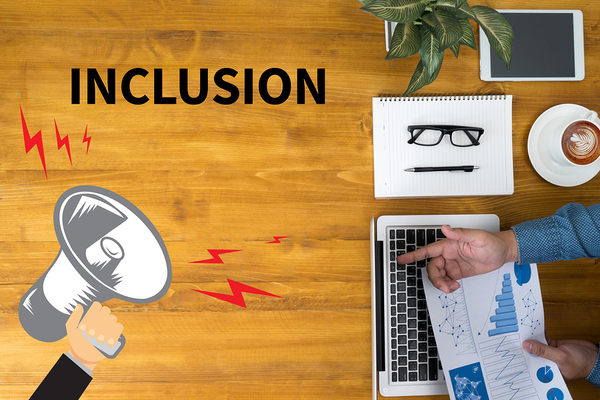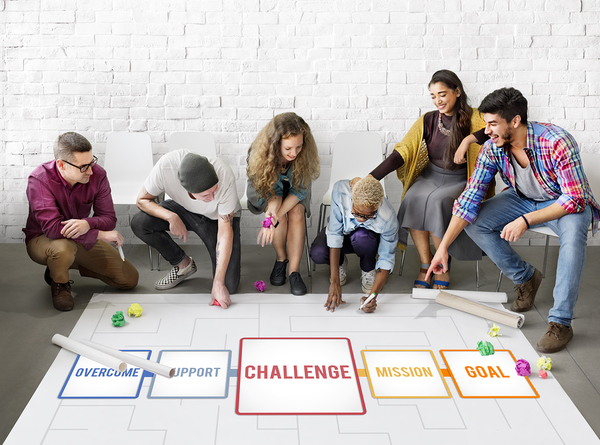
Inclusion means making sure all employees get treated equally and well.
It can be a problem when people assume that other people are just like them and treat people poorly for being different. The workplace should be an inclusive environment where everyone is respected and treated equally.
Treating Everyone Equally and With Respect
While it is important not to draw attention to people’s differences, it is also important not to let those differences keep them from succeeding in the workplace. Some situations like physical or mental disabilities or mental illness require accommodations to be made so that an employee can do the job successfully. Others don’t require accommodations — just a mindset of acceptance and mutual respect.
Sometimes inclusiveness doesn’t come naturally as people have many beliefs and assumptions about those different from themselves. Everyone from women to minorities to those in the LGBT community have long been ill-treated and discriminated against unfairly in the workplace, but inclusiveness says that it’s important to recognize that a different gender, race or lifestyle does not make someone less of a person or an employee.
Steps to an Inclusive Workplace
Training can take place to help employees learn to be inclusive, but there are many other ways to encourage inclusivity in the workplace. Here are some suggestions for greater inclusiveness:
–Modeling by senior staff and management. When the company’s leaders treat everyone equally and with respect, it sets the tone for how everyone else in the company should behave. Training leaders in best practices for inclusiveness is the first major step to creating an inclusive workplace.
–Hiring a diverse staff. Of course, you want to hire the best staff possible, but it’s important not to overlook certain populations during recruitment. If your company has diversity initiatives, your recruiting team should strive to meet goals in hiring a more diverse workforce.
–Being discreet about accommodations. It may hurt an employee’s reputation if their accommodations are publicized and/or known by their co-workers. Any obvious accommodations should be handled with discretion, and co-workers should be trained not to draw unnecessary attention to an employee’s accommodations or to suggest that they somehow make the employee lesser than others.
–Awareness and celebration of different cultures. Such celebrations can help build trust and understanding among employees with different backgrounds and traditions. It’s fun to experience different holidays and customs and learn new things about how co-workers live.

Meeting the challenge of inclusiveness will take cooperation and working together.
–Don’t assume anything about co-workers. It’s difficult not to make assumptions, but inclusiveness is about letting go of preconceived notions about others. The best course of action is to just treat people like they are worthy of respect and equal treatment — because, of course, they are.
To learn more about CCSU’s Diversity & Inclusion programs visit our Professional Education page. You can also join our mailing list for more information about courses and events.
